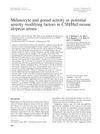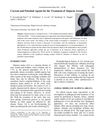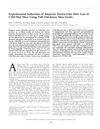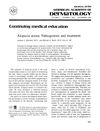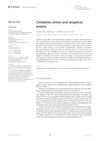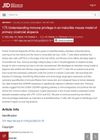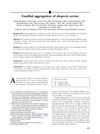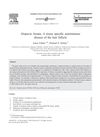The Pathogenesis of Alopecia Areata in Rodent Models
June 2003
in “
Journal of Investigative Dermatology Symposium Proceedings
”
Alopecia Areata AA C3H/HeJ mice Dundee Experimental Bald Rats DEBR anagen stage hair follicles autoimmune disease cell-mediated disease antigen exposure lymphocyte activation inflammatory cell infiltration immunosuppressive drugs immunomodulatory drugs antigen presentation lymphocyte tolerance AA bald rats hair growth stage immune system disease immune cells immune drugs immune tolerance
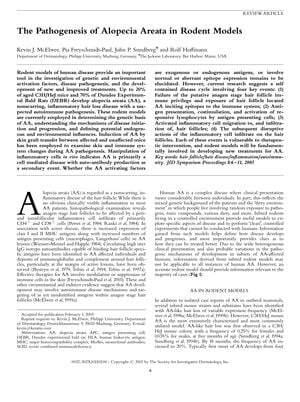
TLDR Alopecia Areata is an autoimmune disease affecting hair follicles, influenced by genetic and environmental factors, with rodent models being essential for research.
The document from June 1, 2003, examines the pathogenesis of Alopecia Areata (AA) using rodent models, specifically C3H/HeJ mice and Dundee Experimental Bald Rats (DEBR), and suggests that AA is an autoimmune, cell-mediated disease that primarily affects anagen stage hair follicles. It highlights a disease cycle involving antigen exposure, lymphocyte activation, inflammatory cell infiltration, and disruption of hair follicles, and acknowledges the role of genetic and environmental factors in disease susceptibility and progression. The research indicates that up to 20% of aged C3H/HeJ mice and 70% of DEBR develop AA, and while these models are crucial for understanding AA and developing treatments, they may not fully represent human cases. Potential treatments discussed include immunosuppressive and immunomodulatory drugs, as well as targeted approaches like blocking antigen presentation or promoting lymphocyte tolerance. The document emphasizes the complexity of AA and the importance of rodent models in research, but does not provide specific data on the number of rodents used in the referenced studies.
